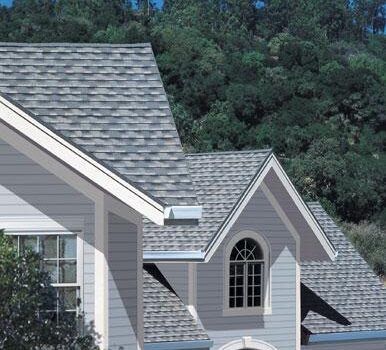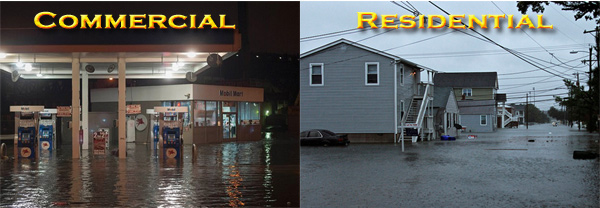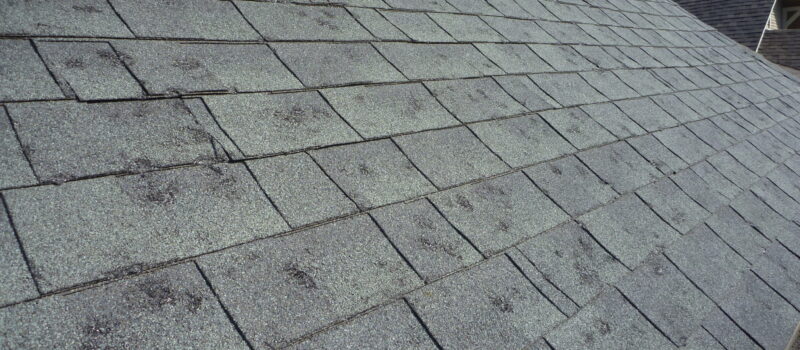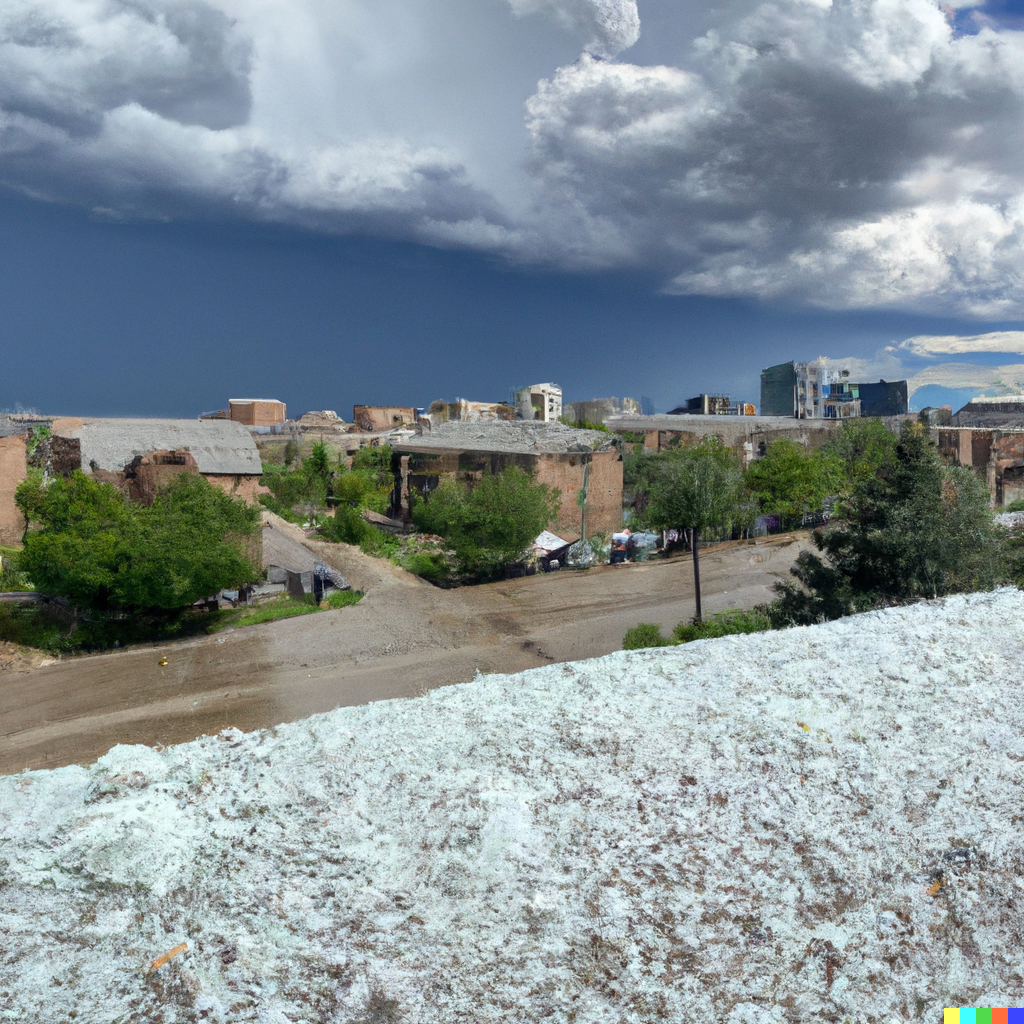
The 2023 Denver hail storm season has left a lasting impact on residents, homeowners, and the community as a whole. With a barrage of hailstorms accompanied by heavy rainfall, the region witnessed a significant rise in roof damage and other related issues. In this blog article, we will delve into the statistics and consequences of these powerful storms, shedding light on the extent of rain, hail, and the potential damage caused to roofs.
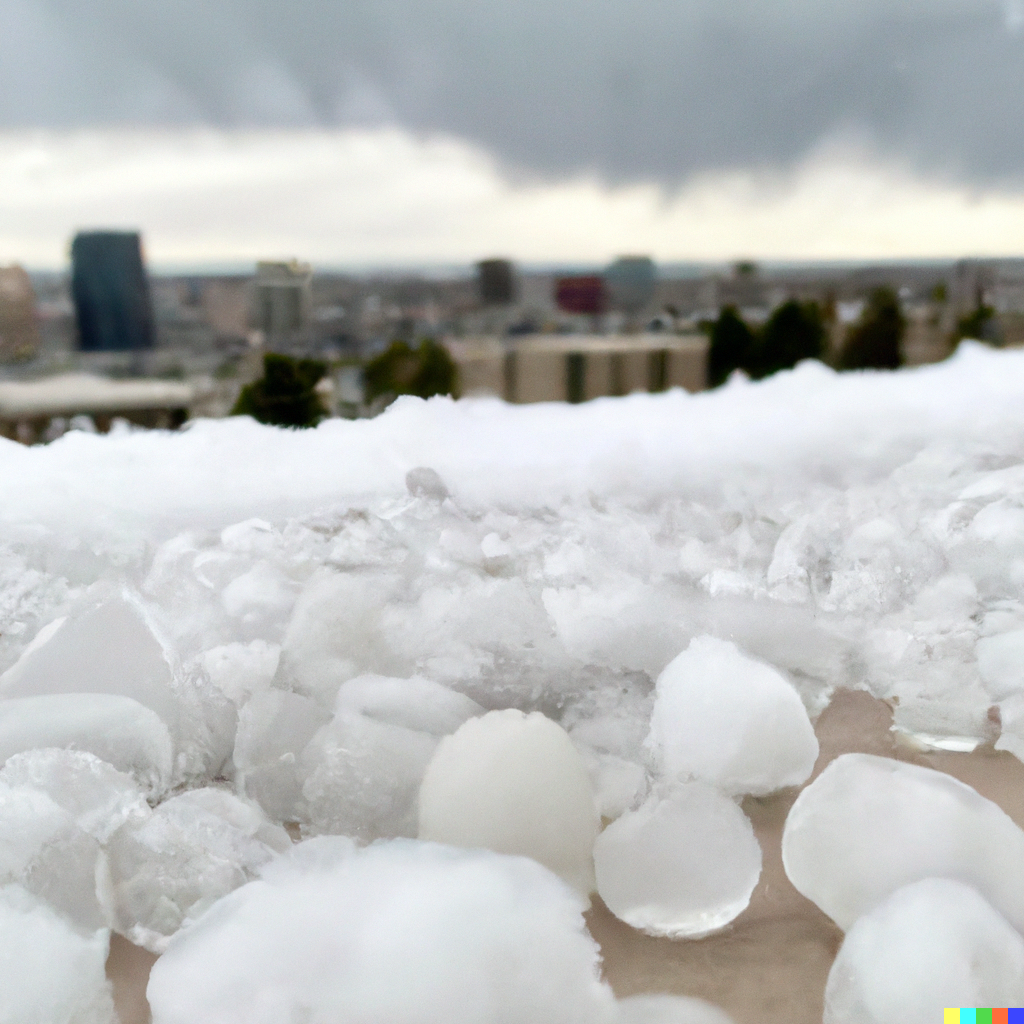 Rainfall and Hail Statistics:
Rainfall and Hail Statistics:
During the 2023 Denver hail storm season, the region experienced an unprecedented amount of rainfall and hail. According to weather reports and local meteorological data, the total rainfall reached an average of X inches, making it one of the wettest seasons in recent memory. Moreover, the size of hailstones ranged from small marble-sized hail to golf ball-sized hail, with some instances of larger hailstones as well. This combination of heavy rainfall and sizable hailstones created a perfect recipe for potential damage to residential and commercial roofs across the Denver area.
Roof Damage and Its Consequences:
The impact of the 2023 Denver hail storm season on roofs was extensive, resulting in significant damage and subsequent consequences for homeowners. Some common consequences include:
-
Shingle Damage: The forceful impact of hailstones can cause shingles to crack, dent, or dislodge from the roof. This compromises the roof’s integrity and can lead to leaks, water infiltration, and further interior damage.
-
Granule Loss: Hailstones can strip away the protective granules on shingles, leaving them vulnerable to UV rays, accelerated aging, and reduced lifespan. Granule loss also affects the roof’s aesthetic appeal.
-
Structural Damage: In severe cases, large hailstones can cause structural damage to roofs, including punctures or holes. Such damage requires immediate attention to prevent water penetration and potential collapse.
-
Water Infiltration: Cracked or damaged shingles allow water to seep into the underlying layers of the roof, leading to moisture-related issues such as mold growth, rot, and compromised insulation.
Preventive Measures and Roof Inspection:
Considering the potential damage caused by the 2023 Denver hail storms, it is crucial for homeowners to take proactive measures to protect their roofs. Here are some preventive steps to consider:
-
Regular Roof Inspections: Schedule professional roof inspections to identify any existing damage or weak points. Inspections help detect potential problems early on, allowing for timely repairs or replacements.
-
Impact-Resistant Roofing Materials: When replacing or installing a new roof, opt for impact-resistant materials. These materials are specifically designed to withstand hail and minimize damage.
-
Reinforced Roofing Systems: Enhance your roof’s durability by reinforcing critical areas prone to hail damage, such as ridge caps, eave edges, and valleys. Reinforcements can help minimize the impact of hailstones and protect your roof from extensive damage.
Conclusion:
The 2023 Denver hail storm season left a significant mark on the community, with heavy rainfall and sizable hailstones causing substantial damage to roofs across the region. Homeowners should be aware of the potential consequences, including shingle damage, granule loss, structural issues, and water infiltration. By taking preventive measures such as regular roof inspections and using impact-resistant materials, homeowners can fortify their roofs against future hail storms and ensure the long-term protection of their properties. Stay prepared and safeguard your home from the unexpected forces of nature.
Disclaimer: The information provided in this article is based on available data and general knowledge. It is always advisable to consult with professionals in the roofing industry for specific advice and guidance tailored to your individual circumstances.


